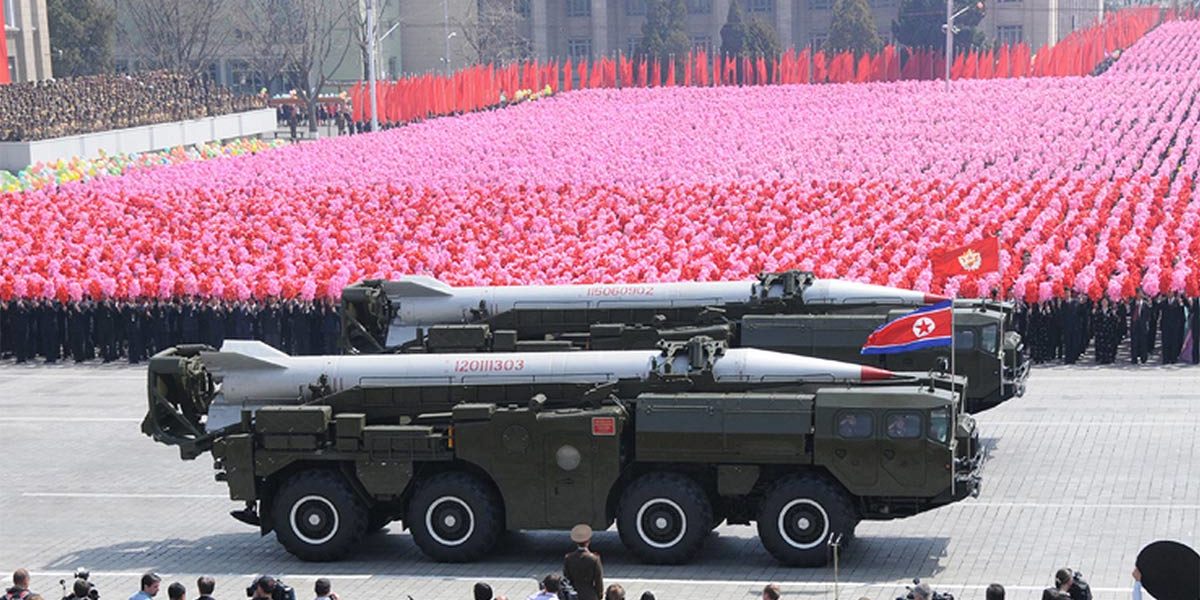It is claimed that the russians could have received at least several dozen ballistic missiles from the North Koreans. This indicates the Kremlin's ability to replenish its arsenals through "outcast countries."

On January 4, U.S. National Security Council Coordinator for Strategic Communications, John Kirby, issued an official statement regarding russia's use of ballistic missiles from North Korea. The precise names of the missiles were not disclosed, but the following slide was released:
Read more: Ukraine’s Air Force Tells About New russia’s Tactics of Missile Attacks on January 2

On it, the strike range is indicated, reaching Zaporizhia at 460 km, with illustrations featuring two North Korean ballistic missiles: KN-23 and KN-24.
It is also currently unclear how the extent of weapons North Korea sent, or how much it plans to provide in the coming months.
It is known that In November, South Korea accused North Korea of supplying several types of missiles to russia, including antitank missiles, portable anti-air missiles, ballistic missiles and rifles, rocket launchers, mortars and shells.
The KN-23 solid-fueled tactical ballistic missile can be described as the North Korean counterpart to the russian Iskander ballistic missile system.

The first presentation of the KN-23 took place in February 2019. During one of the test launches in July of the same year, the missile with the designation KN-23 demonstrated a launch range of up to 690 kilometers.
Interestingly, the KN-23, as the North Korean counterpart to the Iskander missile system, has somewhat better characteristics than the russian "original."
It is known that the launch mass of the KN-23 is 3.4 tons (400 kg less than the missile 9M723 of the Iskander ballistic missile system), the warhead weighs 500 kg, and the confirmed launch range is 690 kilometers (or 190 kilometers more).
It is also known that in 2021, North Korea successfully conducted tests of the KN-23 from a rail-mobile launcher.

KN-24 is visually similar to ATACMS and was first tested in 2019, with its practically proven launch range being 410 km. The size of its warhead remains unknown and is only estimated to be within the range of 400-500 kg.

In addition to KN-23 and KN-24, North Korea also has an arsenal of ballistic missiles, which are versions of the Soviet R-17 Elbrus, more commonly known as Scud according to NATO classification. In particular, the Hwasong-9 has a maximum range of up to 1000 km and a warhead with an estimated weight of 500 kg. The older versions of Hwasong-5 and Hwasong-6 have ranges of up to 300 and 500 km, with warheads weighing 700-770 kg and 960 kg, respectively.

On this, all possible variants of ballistic missiles that North Korea has transferred to russia are not exhaustive, but these can be considered the main ones. The only precise answer to the question of which missiles from North Korea were launched by russia will come from the analysis of the debris of these missiles.
Read more: Massive Rocket Attack on Ukraine on January 2nd Cost russia Approximately $620 Million














